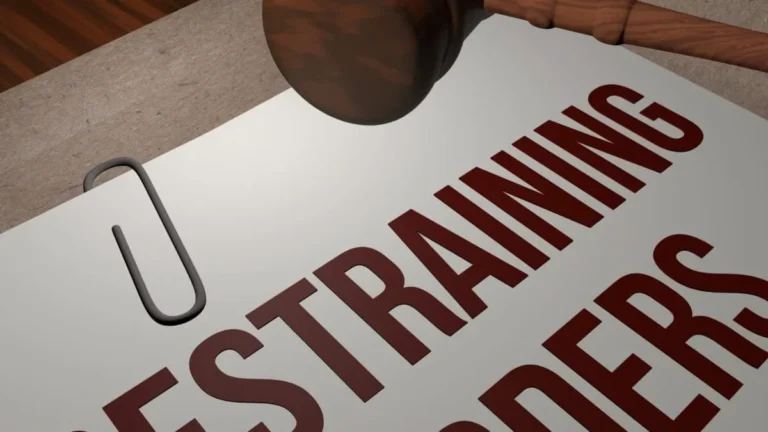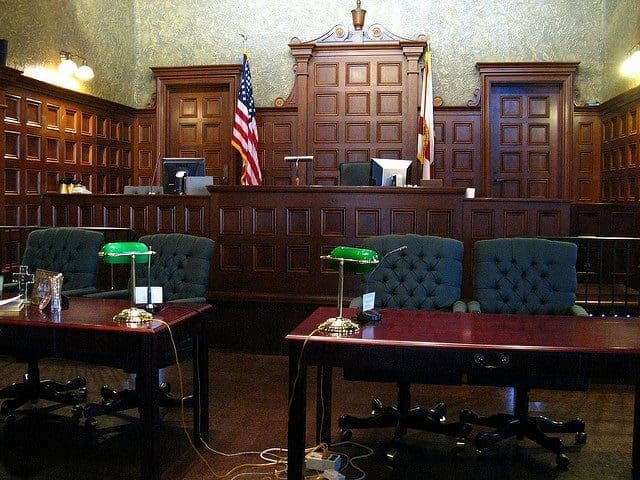Court Hearing
 Understanding Court Hearings: Procedures, Expectations, and Expert Insights
Understanding Court Hearings: Procedures, Expectations, and Expert Insights
Navigating the world of litigation can be daunting, especially when facing a court hearing. These formal proceedings are where the facts of a case are presented, and decisions are made that can alter the course of one’s life.
The Essence of a Court Hearing
At its core, a court hearing is a formal examination of a civil or criminal case in the presence of a judge. It provides both parties an opportunity to present their case, evidence, and arguments.
Different Types of Hearings
Preliminary Hearings: Held before the main trial to decide whether there’s enough evidence for a trial.
Evidentiary Hearings: Focused on specific evidence in a case.
Sentencing Hearings: Occurs post-conviction to determine the appropriate penalty.
Preparation is Key
For any court hearing, preparation is paramount:
Documentation: Ensure all necessary paperwork is organized.
Witnesses: Prepare witnesses for testimonies.
Legal Counsel: Consult with an attorney to strategize.
Tips for Success
Dress Formally: First impressions matter.
Be Punctual: Arrive early to familiarize yourself with the surroundings.
Stay Calm: Maintain composure, regardless of provocation.
Expectations vs. Reality
Television court dramas differ vastly from real-life hearings. Actual proceedings are more structured, less dramatic, and often lengthier.
The Role of Legal Counsel
Having an attorney is beneficial, even if not mandatory. They can advise, guide, and represent, ensuring the case is presented in the best light.
Conclusion
Court hearings are an integral part of the legal system. With proper preparation, understanding, and guidance, individuals can effectively navigate the intricacies of their hearing and seek a favorable outcome.
_______________________________________
Mastering Court Hearings: Your Comprehensive Guide to Legal Proceedings
In today’s complex legal landscape, court hearings play a pivotal role in the resolution of disputes and the administration of justice. Whether you’re a legal professional, a party to a case, or simply an interested observer, understanding the intricacies of court hearings is essential. In this detailed guide, we’ll delve deep into the world of court hearings, exploring their purpose, procedures, and significance. From pre-trial conferences to post-trial motions, we’ll cover it all, providing you with the knowledge and insights you need to navigate the legal process with confidence.
Introduction Court hearings are a fundamental aspect of the legal system, serving as forums for parties to present their arguments, evidence, and legal theories before a judge or jury. These proceedings can vary widely in format and purpose, depending on the nature of the case and the stage of litigation. Understanding how court hearings work is crucial for anyone involved in the legal process, whether as a litigant, an attorney, or a member of the public.
Purpose of Court Hearings At their core, court hearings serve several essential purposes in the legal system. First and foremost, they provide an opportunity for parties to present their case and engage in adversarial advocacy. By allowing each side to make arguments and present evidence, court hearings ensure that all relevant information is brought to light and considered by the decision-maker. Additionally, court hearings serve as mechanisms for resolving disputes, clarifying legal issues, and ensuring that proceedings are conducted fairly and transparently.
Types of Court Hearings Court hearings come in various forms, each serving a distinct purpose within the legal process. Some common types of court hearings include:
- Initial Appearance: This is the first court hearing following an arrest, during which the defendant is informed of the charges against them, their rights, and the next steps in the legal process.
- Preliminary Hearing: In criminal cases, a preliminary hearing may be held to determine whether there is sufficient evidence to proceed to trial.
- Arraignment: At an arraignment, the defendant is formally charged with the crime and asked to enter a plea of guilty or not guilty.
- Motion Hearing: Parties may file various motions throughout the course of litigation, such as motions to dismiss, suppress evidence, or compel discovery. Motion hearings are held to address these requests.
- Trial: The trial is perhaps the most well-known type of court hearing, during which evidence is presented, witnesses testify, and the judge or jury decides the outcome of the case.
- Sentencing Hearing: If a defendant is found guilty or pleads guilty, a sentencing hearing may be held to determine the appropriate punishment.
Procedures and Etiquette Effective participation in court hearings requires an understanding of the procedural rules and etiquette that govern these proceedings. Whether you’re appearing in court as a litigant, an attorney, or a spectator, it’s essential to adhere to certain guidelines to ensure that the hearing proceeds smoothly and respectfully. Some key procedural and etiquette considerations include:
- Dress Code: Proper attire is crucial when appearing in court. Litigants, attorneys, and other participants should dress in a manner that conveys professionalism and respect for the judicial process.
- Punctuality: Arriving on time for court hearings is essential. Late arrivals can disrupt proceedings and may reflect poorly on the individual or party appearing before the court.
- Addressing the Court: When addressing the judge or magistrate, participants should do so respectfully and deferentially. Using appropriate titles, such as “Your Honor” or “Judge,” is customary.
- Speaking Clearly and Concisely: When presenting arguments or testimony, it’s important to speak clearly and concisely. Avoiding jargon and unnecessary verbosity can help ensure that your message is understood by the court.
- Following Court Orders: Court orders and directives must be followed promptly and fully. Failure to comply with court orders can result in sanctions or other adverse consequences.
Conclusion Court hearings are a cornerstone of the legal system, providing a forum for the resolution of disputes and the administration of justice. By understanding the purpose, procedures, and etiquette associated with court hearings, individuals can navigate the legal process effectively and ensure that their rights and interests are protected. Whether you’re preparing for your first court appearance or seeking to deepen your knowledge of legal proceedings, the insights provided in this guide will serve as a valuable resource.



